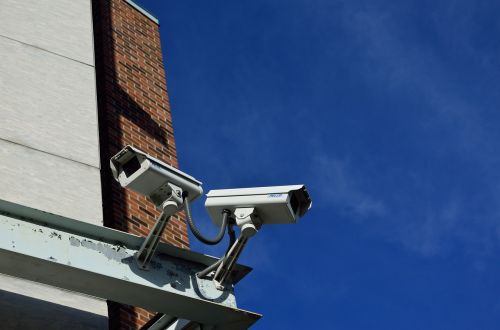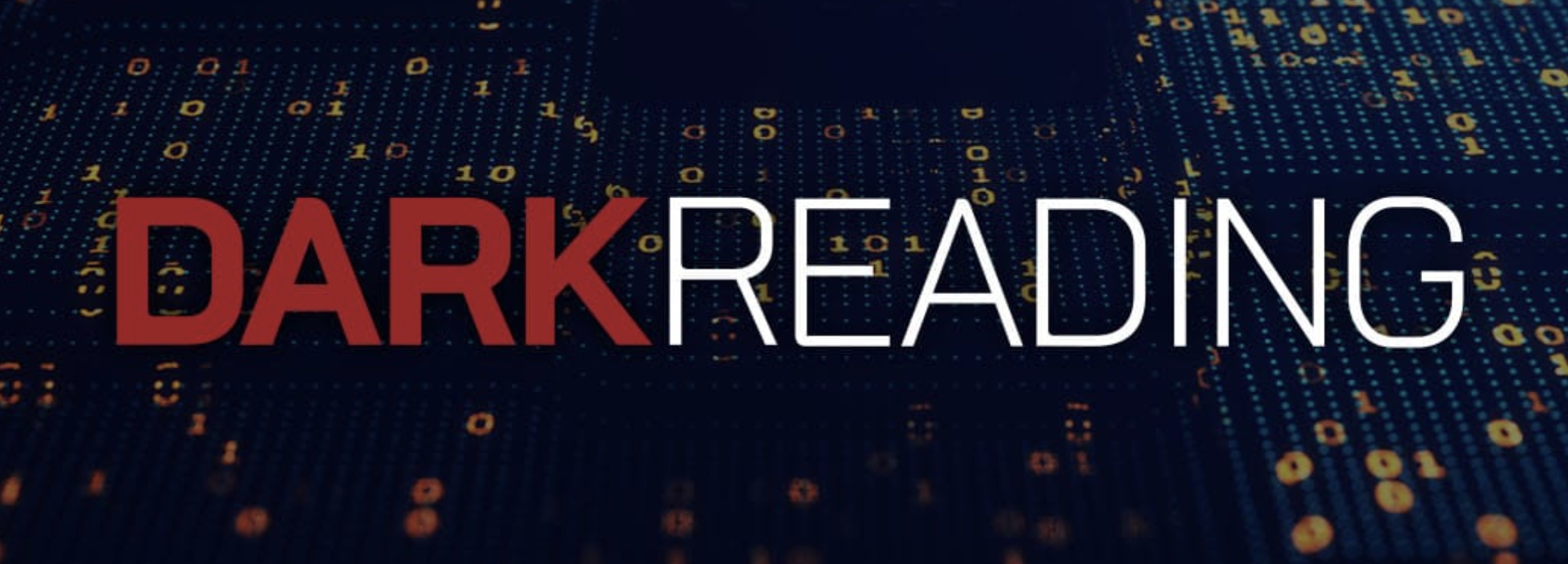
- 17 December, 2024
Best practices for AI-based security for 2025
Dr. Jans Aasman, CEO, Franz Inc. was quoted in this article:
 The defensive security posture underpinned by statistical AI applications is formidable. Organizations can analyze massive quantities of data to determine patterns indicative of cyber attacks, fraud, and threats to the public sector.
The defensive security posture underpinned by statistical AI applications is formidable. Organizations can analyze massive quantities of data to determine patterns indicative of cyber attacks, fraud, and threats to the public sector.
However, even a cursory review of the rate of incidence and severity of data breaches reveals that alone, these measures simply aren’t good enough.
Coupling statistical expressions of AI with non-statistical, semantic graph-based Neuro-Symbolic AI fortifies the security posture of any organization for the aforesaid use cases. Implementing these approaches in concert with emergent paradigms like confidential computing and Zero Trust Architecture (ZTA) redoubles the protection AI delivers, minimizes the attack surface, and enhances business continuity.
Neuro-symbolic AI
The neuro-symbolic AI approach combines (1) statistical methods of machine learning with (2) non-statistical reasoning techniques in a (3) single knowledge graph environment. Collectively, this triad yields a number of boons for defending the enterprise with AI. Machine learning provides scalable pattern recognition and language understanding. Rules-based reasoning supplies explainability. The graph framework excels at uncovering relationships that otherwise go unnoted. When applied to cryptocurrency fraud detection, this combination can “flag high-risk transactions while providing clear, explainable reasons for the flags,” Franz CEO Jans Aasman observed.
The machine-readable, universal standards upon which semantic knowledge graphs are based harmonize data between disparate sources. According to Aasman, they’re optimal for “integrating vast streams of data” for real-time situational awareness for public sector use cases like controlling the U.S.-Mexico border. The graph model that’s the nucleus of Neuro-Symbolic AI exposes even surreptitious relationships between entities. These capabilities are invaluable for cyber security deployments in which organizations can “track how cyber threats spread across a network, identify hidden connections between compromised assets, and rapidly detect anomalies in user or system behavior,” Aasman said.
Read the full Article at DataScience Central.







